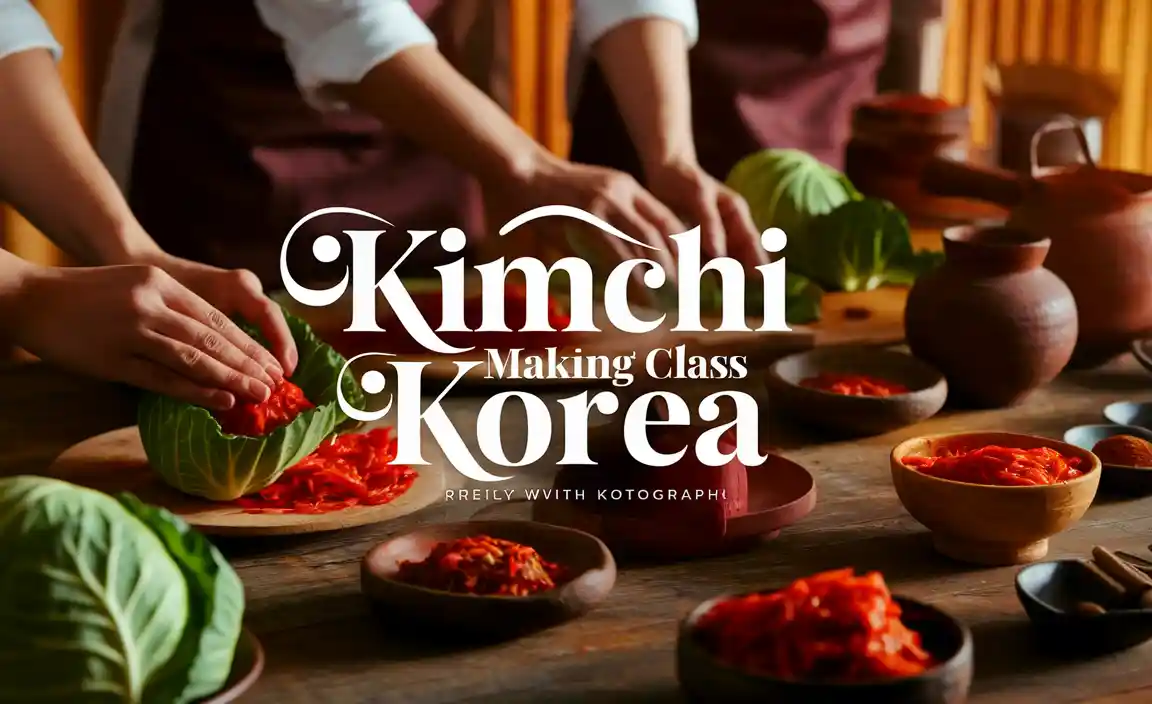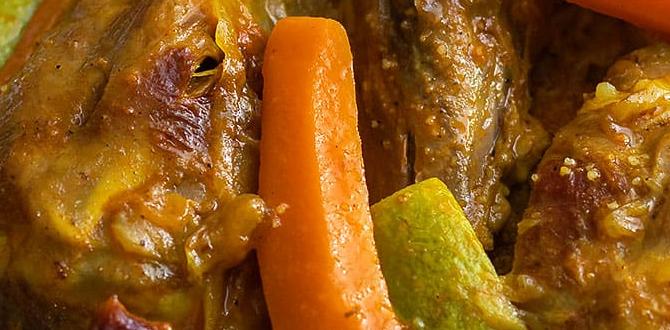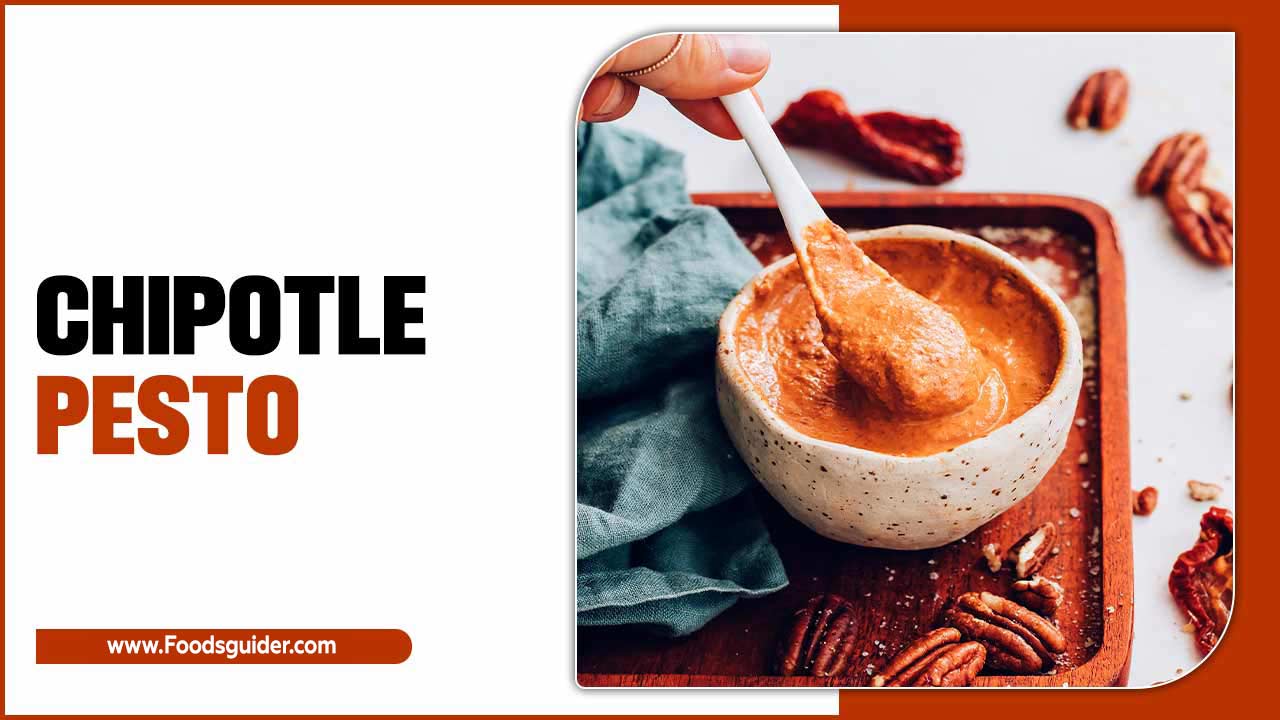Embark on an unforgettable culinary journey with a kimchi making class in Korea! Discover the authentic process, learn essential techniques, and create your own delicious, fermented kimchi to take home. This guide unlocks the secrets to choosing the perfect class and mastering this iconic Korean staple.
Have you ever dreamed of making your own authentic kimchi? It’s a staple in Korean cuisine, packed with flavor and health benefits. But getting that perfect fermented taste at home can feel a bit daunting. Where do you even start? Don’t worry! This guide is your secret weapon to finding an amazing kimchi making class in Korea. We’ll walk you through everything you need to know, from what to expect to how to pick the best experience. Get ready to stir, chop, and ferment your way to kimchi mastery!
Learning to make kimchi in Korea is more than just a cooking lesson; it’s an immersion into a vibrant food culture. Imagine the crisp crunch of fresh napa cabbage, the fiery kick of gochugaru (Korean chili flakes), and the pungent aroma of fermented goodness. These classes offer a hands-on experience, led by locals who share generations of knowledge. You’ll gain confidence, learn traditional methods, and come away with a delicious souvenir that’s truly your own creation. Ready to dive in?

Why Take a Kimchi Making Class in Korea?
Korea is the birthplace of kimchi, and there’s no better place to learn its secrets than from the experts themselves. These classes offer a unique blend of culture, tradition, and delicious results. Here’s why it’s an experience you won’t want to miss:
- Authenticity: Learn traditional recipes passed down through generations.
- Expert Guidance: Get hands-on instruction from skilled kimchi makers.
- Cultural Immersion: Understand the history and significance of kimchi in Korean life.
- Fresh Ingredients: Work with high-quality, often locally sourced, ingredients.
- Take Home Your Creation: Leave with your own batch of freshly made kimchi to enjoy.
- Fun and Social: Meet fellow food lovers and enjoy a rewarding group activity.
What to Expect in a Kimchi Making Class
A typical kimchi making class in Korea is designed to be accessible and enjoyable for everyone, regardless of prior cooking experience. The curriculum is usually structured to provide a comprehensive understanding and practical application of kimchi making.
Here’s a common breakdown of what you can anticipate:
- Welcome and Introduction: You’ll often start with a warm welcome and a brief overview of kimchi – its history, different types, and its importance in Korean cuisine and health. Your instructor will introduce themselves and the day’s program.
- Ingredient Overview: You’ll learn about the key ingredients used in kimchi, especially napa cabbage (baechu) and the distinctive Korean chili powder (gochugaru). You’ll understand why each component is crucial for flavor and fermentation.
- Cabbage Preparation: The first major hands-on step usually involves preparing the napa cabbage. This often includes salting it to draw out moisture, which makes it pliable and helps in preservation. You’ll learn the right way to layer the salt and how long to let it sit.
- Making the Kimchi Paste (Yangnyeom): This is where the magic happens! You’ll mix the various seasonings for the kimchi paste. This typically includes gochugaru, garlic, ginger, scallions, radish, and sometimes fermented seafood (jeotgal) or other secret ingredients. Your instructor will guide you on ratios and techniques to achieve the perfect balance of spicy, savory, and umami flavors.
- Assembling the Kimchi: With the cabbage prepped and the paste ready, you’ll then meticulously spread the paste between the cabbage leaves. This is a very tactile and satisfying part of the process.
- Packaging and Fermentation Tips: Once assembled, you’ll learn how to pack your kimchi into containers. The instructor will provide crucial advice on how to store and ferment your kimchi at home to achieve the best flavor and texture over time. This often includes tips on room temperature fermentation and refrigeration.
- Tasting and Q&A: Many classes conclude with a tasting session, perhaps enjoying your kimchi with other Korean side dishes (banchan) or rice. This is also a great time to ask any remaining questions you might have.
- Taking Your Kimchi Home: You’ll usually be provided with a container to take your freshly made kimchi home. It’s a delicious and personal memento of your Korean culinary adventure!
Choosing the Right Kimchi Making Class in Korea
With numerous options available, selecting the perfect kimchi making class can seem overwhelming. Consider these factors to ensure you pick an experience that aligns with your interests and needs.
Location, Location, Location
Kimchi classes are offered in various cities across Korea, with Seoul being the most popular hub. However, you can also find excellent classes in Busan, Jeonju (known for its traditional culture), and other regions. Proximity to your accommodation or other tourist attractions might be a deciding factor.
Class Size and Style
- Small, Intimate Groups: Ideal for personalized attention and a more in-depth learning experience.
- Larger Group Workshops: Can be more budget-friendly and offer a lively, social atmosphere.
- Cultural Centers vs. Private Kitchens: Some classes are held in dedicated cultural centers, while others are hosted in the homes or private kitchens of local families or chefs, offering a more domestic feel.
Duration and Focus
Classes vary in length, from short 2-3 hour sessions to more comprehensive half-day or full-day experiences. Some classes might focus specifically on baechu-kimchi (napa cabbage kimchi), while others may briefly touch upon or offer the option to make other varieties like kkakdugi (cubed radish kimchi).
Instructor Expertise and Language
Look for instructors who are passionate and knowledgeable. Many classes are conducted in English or offer translation services to accommodate international visitors. Check reviews for feedback on the instructor’s clarity and engagement.
Inclusions and What You Get
Confirm what is included: is the cost for just the class, or does it include meals (like a kimchi-making lunch), all ingredients, packaging materials, and the kimchi you make? Most classes provide a container for you to take your kimchi home, typically enough for 1-2 kg.
Reviews and Ratings
Always check online reviews on platforms like TripAdvisor, Google, or specialized tour booking sites. Look for consistent positive feedback regarding the teaching quality, usefulness of information, and overall experience.
Cost
Prices can range significantly based on the factors above. Set a budget and compare offerings. Remember that a slightly higher price might be justified by a more in-depth experience, smaller class size, or better location.
Top Kimchi Making Classes and Experiences in Korea (Examples)
While specific class availability and names can change, here are types of experiences and popular providers that often receive high praise:
Important Note: It’s always best to book in advance, especially during peak tourist seasons. Check the latest reviews and booking details on their respective websites or trusted platforms.
Ollie & Kim (Seoul)
Often lauded for its intimate setting and engaging hosts, Ollie & Kim’s classes are popular for providing a high level of personal attention. They focus on traditional methods and offer insights into Korean food culture beyond just kimchi.
Oneday Hanbok (Seoul)
While primarily known for hanbok rentals, some establishments like Oneday Hanbok also offer cultural experiences, including kimchi making. These can be a great way to combine learning about Korean traditions.
Kimchi Museum (Seoul)
The Kimchi Museum, often part of the larger The Museum of Korean Food Culture (formerly part of the Institute of Traditional Korean Food), sometimes offers hands-on kimchi making workshops. This provides a great educational context alongside a practical session.
Local Cooking Schools and Cultural Centers (Various Cities)
Many cities have local cultural centers or cooking schools that offer kimchi classes. These are excellent for experiencing authentic, local approaches. For example, in Jeonju, known as Korea’s food capital, you might find classes focusing on regional kimchi variations.
Pro Tip: When searching online, use terms like “kimchi class Seoul,” “Korean cooking class kimchi,” or “DIY kimchi experience Korea” to find current offerings.
Essential Tools and Ingredients for Making Kimchi
While a class will provide these, understanding the tools and ingredients can help you appreciate the process even more and prepare you for making kimchi at home later. Below is a typical list.
Key Ingredients:
- Napa Cabbage (Baechu): The star of the show for traditional kimchi. Choose firm, heavy heads.
- Korean Chili Flakes (Gochugaru): Essential for the characteristic red color and spicy flavor. Coarse flakes are generally preferred for kimchi.
- Garlic: Freshly minced garlic is crucial for flavor.
- Ginger: Fresh ginger adds a pungent warmth.
- Scallions/Green Onions: Provide fresh, oniony notes.
- Korean Radish (Muu): Often julienned, adding crunch and a slightly peppery flavor.
- Salt: Coarse sea salt or brining salt is used for salting the cabbage and developing flavor.
- Optional Flavor Enhancers: These can include fermented shrimp (saeu-jeot), fish sauce (myeolchi-aekjeot or guk-gan jang), sugar, onion, or pear for sweetness and depth.
Essential Tools:
- Large Bowl(s): For salting cabbage and mixing paste.
- Cutting Board and Sharp Knife: For chopping vegetables.
- Colander: For draining salted cabbage.
- Gloves: Highly recommended to protect your hands from chili and keep them clean.
- Airtight Containers: For fermenting and storing your finished kimchi. Glass jars or BPA-free plastic containers work well.
- Measuring Spoons/Cups: For accurate ingredient proportions.
- Spatula or Spoon: For mixing the paste.
The Kimchi Making Process: A Step-by-Step Breakdown
Here’s a simplified overview of the authentic kimchi making process you’ll likely follow in a class. Remember, each family and region might have slight variations!
- Prepare the Cabbage: Cut the napa cabbage lengthwise into halves or quarters, depending on size. Rinse it under cold water.
- Salt the Cabbage: Generously sprinkle coarse salt between the leaves, concentrating on the thicker white parts. Let it sit for several hours, turning the cabbage every hour or so. The goal is to make the leaves pliable and reduce water content. Rinse the salted cabbage thoroughly and drain well.
- Make the Kimchi Paste (Yangnyeom): In a large bowl, combine gochugaru, minced garlic, minced ginger, fish sauce (or other fermented seafood paste), and a touch of sugar. Mix well.
- Add Vegetables to Paste: Julienne radish, chop scallions, and add them to the paste. Mix everything together to create a thick, flavorful paste.
- Coat the Cabbage: Wearing gloves, carefully spread the kimchi paste between each leaf of the prepared cabbage, ensuring an even coating from root to tip.
- Pack and Ferment: Tightly pack the coated cabbage into airtight containers. Leave some headspace as it will ferment and expand. Korean cuisine traditionally uses large onggi fermentation pots, but modern containers work perfectly.
- Initial Fermentation: Leave the container at room temperature for 1-3 days, depending on the ambient temperature and desired level of fermentation. You’ll notice bubbles forming and a tangy aroma developing.
- Refrigerate: Once it reaches your preferred level of fermentation, transfer the kimchi to the refrigerator. This slows down the fermentation process, allowing the flavors to mature.
Kimchi Types and Their Flavors
While baechu-kimchi is the most famous, Korea boasts hundreds of kimchi varieties! A good class will often touch on this diversity.
| Kimchi Type | Main Ingredient | Flavor Profile | Texture | Common Uses |
|---|---|---|---|---|
| Baechu-Kimchi (배추김치) | Napa Cabbage | Spicy, sour, savory, umami | Crunchy cabbage, slightly chewy paste | Staple side dish, kimchi jjigae (stew), kimchi fried rice |
| Kkakdugi (깍두기) | Cubed Radish | Spicy, tangy, slightly sweet | Crisp, juicy radish | Side dish, often with stews |
| Oi Sobagi (오이소박이) | Cucumbers | Fresh, spicy, tangy | Crisp and juicy cucumber | Summer side dish, refreshing |
| Chonggak Kimchi (총각김치) | Pony-tail Radish (small whole radishes) | Earthy, spicy, tangy | Crunchy radish stem and crisp radish root | Side dish, great with rice |
| Nabak Kimchi (나박김치) | Radish and Napa Cabbage (in brine) | Light, refreshing, mildly tangy, slightly spicy | Crisp vegetables in a clear broth | Summer drink, palate cleanser, served chilled |
Tips for Mastering Kimchi at Home After Your Class
Congratulations on completing your kimchi making class! Now comes the exciting part: replicating that success at home. These tips will help you along the way:
- Freshness is Key: Use the freshest ingredients possible. For gochugaru, try to buy from Korean or Asian markets for the best quality and flavor.
- Taste as You Go: Don’t be afraid to taste your kimchi paste. Adjust the salt, spice, and sweetness to your preference. Remember, your taste buds are your best guide!
- Hygiene Matters: Always ensure your hands, utensils, and containers are clean to prevent unwanted bacteria that can spoil your kimchi.
- Temperature Control: The fermentation speed is highly dependent on temperature. In hotter weather, it will ferment faster. In cooler weather, it will take longer.
- Burp Your Container: If using an airtight container, especially in the initial room temperature phase, gently open it to release built-up gases. This prevents pressure from building up.
- When is it Ready? Kimchi is fermented and ready to eat when it develops a pleasant tanginess. It will continue to ferment and get sourer in the fridge, which is perfect for cooking with.
- Don’t Discard the Juice: Kimchi brine is liquid gold for cooking! Use it in stews, fried rice, or marinades.
- Experiment! Once you’re comfortable with the basic recipe, don’t hesitate to experiment with adding different ingredients like onions, pears, or various types of seafood.
For more insights into the science of fermentation, you can explore resources from institutions like the USDA Agricultural Research Service which conducts research on food safety and fermentation processes.
Frequently Asked Questions About Kimchi Making Classes in Korea
Q1: How much does a kimchi making class in Korea typically cost?
A1: Prices can vary widely, but expect to pay anywhere from ₩50,000 to ₩150,000 (approximately $40 to $120 USD) per person. This depends on the duration, location, inclusions, and size of the class.
Q2: Do I need any prior cooking experience to take a kimchi class?
A2: Absolutely not! Kimchi making classes are designed for beginners. Instructors are there to guide you step-by-step, making it an enjoyable learning experience for everyone.
Q3: Can I take my kimchi home after the class?
A3: Yes! This is one of the biggest perks. You’ll typically be provided with a container to take your freshly made kimchi (usually 1-2 kg) home with you.
Q4: What should I wear to a kimchi making class?
A







